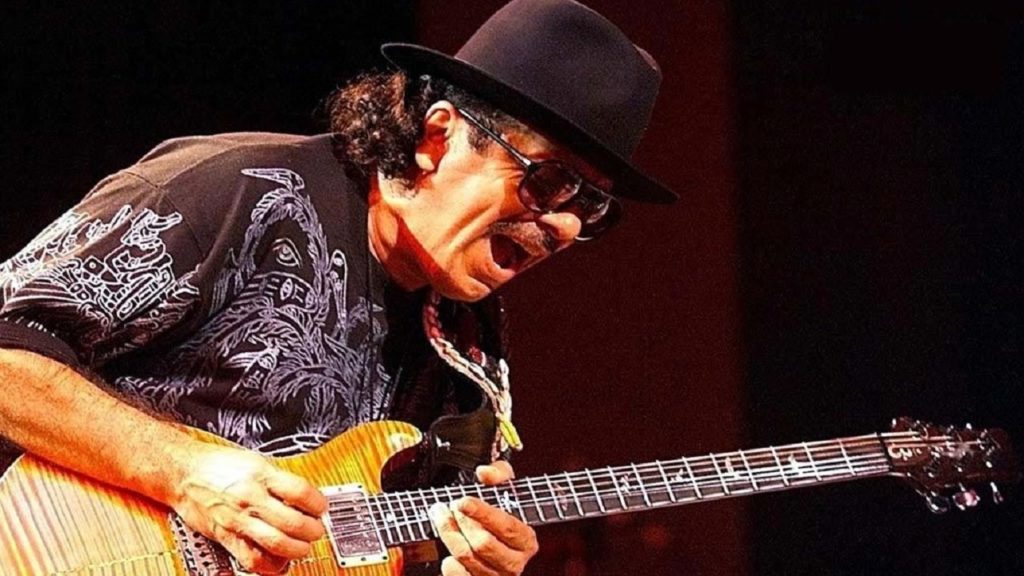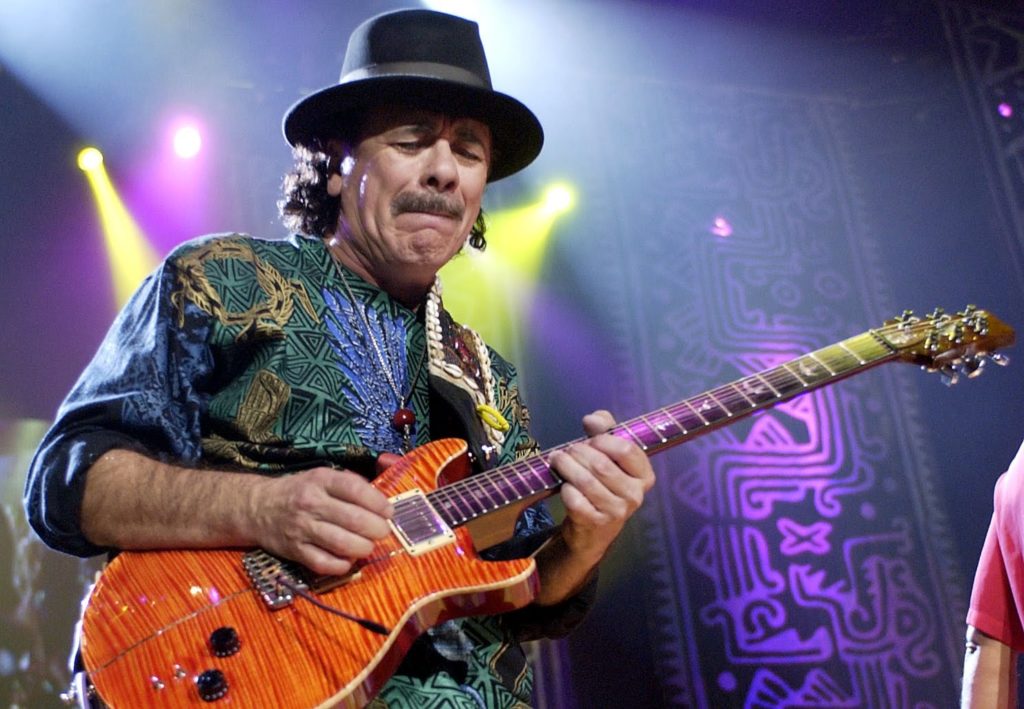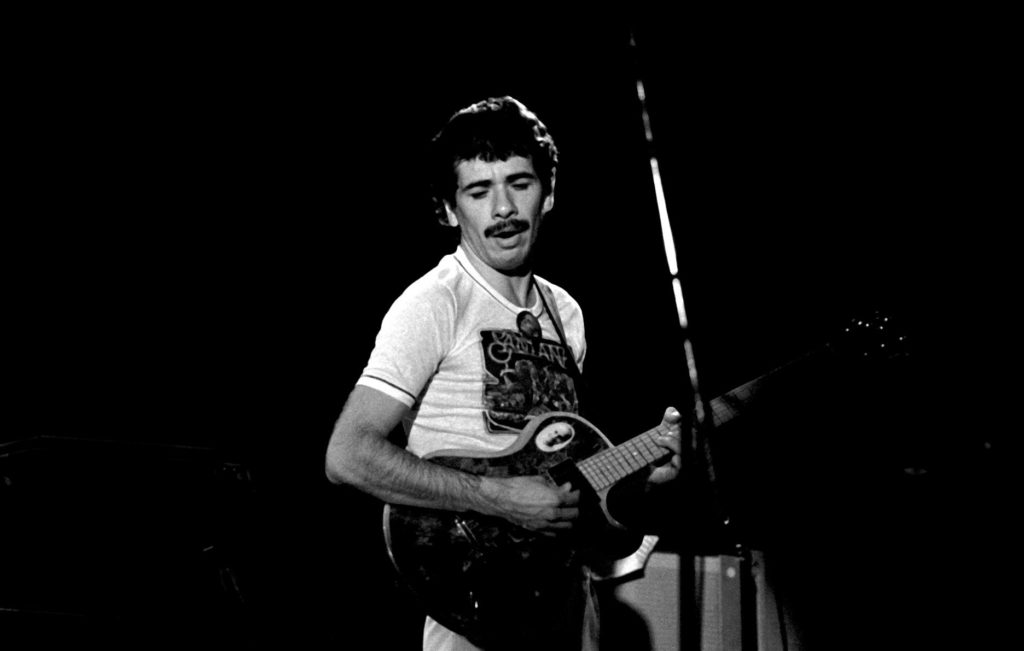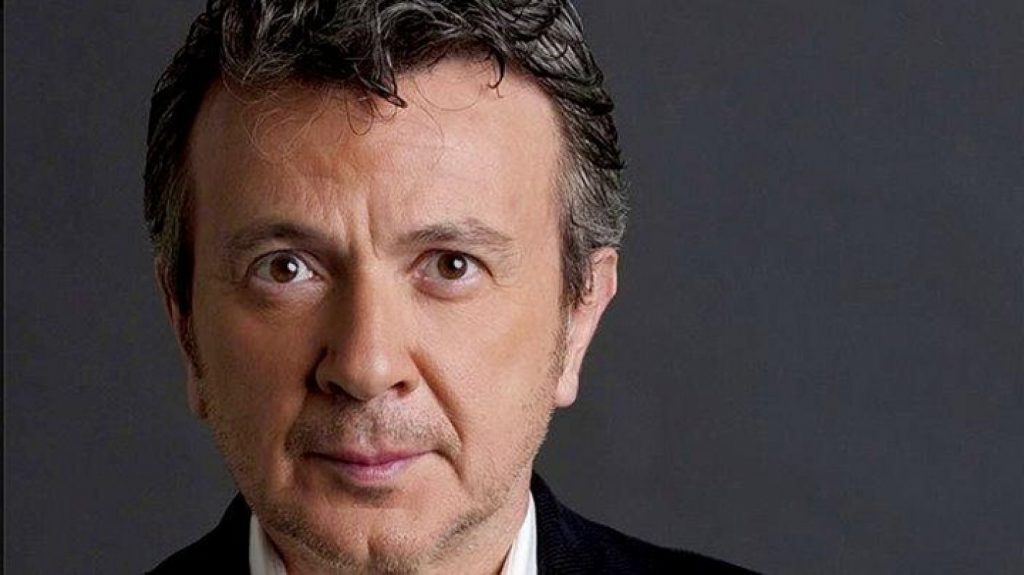Every self-respecting fan of rock music and jazz knows the name of Carlos Humberto Santana Aguilara, a virtuoso guitarist and wonderful composer, founder and leader of the Santana band.
Even those who are not a "fan" of his work, which has absorbed Latin, jazz, and blues-rock, elements of free jazz and funk, can easily recognize the signature performing style of this musician. He is legendary! And legends are always alive in the hearts of those whom they conquered.
Childhood and youth of Carlos Santana
The future rock musician was born on July 20, 1947 (was named Carlos Augusto Alves Santana) in the town of Autlan de Navarro (Mexican state of Jalisco).
He was very lucky with his parents - his dad, Jose Santana, was a professional violinist and was serious about teaching his son. The five-year-old Carlos mastered the basics of musical theory and the violin under his strict guidance.
Since 1955, Santana has lived in Tijuana. The heyday of rock and roll prompted an eight-year-old boy to take up the guitar.
The support of his father and the imitation of such standards as BB King, John Lee Hooker and T-Bone Walker gave amazing results - two years later the young guitarist began performing in clubs with the local team TJ'S, making a contribution to replenishing the family budget.
Even then, adult and experienced musicians noted his musical taste, flair and remarkable ability to improvise.
History of the musician
After the family moved to San Francisco, the young man continued to study music, got acquainted with various musical trends and devoted a lot of time to the formation of his performing style.
After graduating from school in 1966, the young man created his own Santana Blues Band, which is based on himself and keyboardist-vocalist Greg Roli.
The debut performance of the group, which took place in the famous Fillmore West hall, showed their skills and attracted the attention of the public and venerable colleagues to the young musicians.
A few years later, becoming more and more popular, they shortened the name of the group Santana - the shorter, the more convenient. In 1969 they released their first album, a live recording of The Live Adventures of Al Kooper and Michael Bloomfield.
In the same year, they were applauded at the Woodstock festival. Spectators are amazed by the virtuosic interweaving of classic rock with Latin American rhythms that break from the strings of Santana's guitar.
Already in November, the team delighted the audience with the first studio album Santana, which reinforces Carlos' unique performing style, which has become his hallmark.
The release of Abraxas' second disc in 1970 propelled the band and its leader to new heights of popularity.
In 1971, Raleigh left the band, depriving the band of vocals and keyboards, which led to a forced refusal from concert performances. The pause was filled with the recording of the Santana III album.
In 1972, Santana collaborated with many musicians on original works such as the live LP Live!, featuring drummer/singer Buddy Miles, and Caravanserai, a jazz fusion album featuring many rock musicians.
In 1973, Carlos Santana got married and thanks to his wife (Urmila), carried away by Hinduism, he plunged into musical experiments.
His instrumental opuses Love Devotion Surrender, recorded with J. McLaughlin, and ILLUMINATIONS, recorded with the participation of E. Coltrane, were perceived by the public ambiguously and threatened to overthrow Santana from the rock Olympus.

Things could not have ended very well if not for the intervention of Bill Graham, who took over the management of the group and found vocalist Greg Walker for her. The return of the prodigal son to the path of the blues and the release of the Amigos album returned the group to its former popularity.
Musical achievements of the artist
In 1977, Santana created two stunning programs: Festival and Moonflower. In 1978, he began a concert tour, performing at the California Jam II festival and triumphantly moving on across America and Europe, even planning a visit to the Soviet Union, which, unfortunately and to the disappointment of fans, did not take place.
This period was marked for Carlos and the beginning of a solo career. And although his debut album Golden Reality (1979) did not get gold and laurels, subsequent creations were more successful: the jazz-rock instrumental released by the double album The Swing of Delight (1980) attracted attention, and the Zebop! declared gold.
This was followed by recordings of Havana Moon and Beyond Appearances, which strengthened his position. During the tour, in 1987, Santana nevertheless visited Moscow and performed there in the concert program "For World Peace".

The release of the instrumental solo album Blues For Salvador made Carlos a Grammy Award winner. The release in 1990 of not the strongest disc Spirits Dancing in the Flesh could no longer shake the popularity of the legend!
But 1991 was filled with bright events for the group and its leader, joyful - a successful tour and participation in the Rock in Rio II festival, and tragic - the death of Bill Graham and the termination of the contract with Columbia.

But Santana's activity has always been accompanied by search and experimentation, collaboration with world-famous rock and pop stars such as Michael Jackson, Gloria Estefan, Ziggy Marley, Cindy Blackman and others, the emergence of new music and the recording of new albums.
In 2011, District Elementary School No. 12 (San Fernando Valley, Los Angeles) was named after him, becoming the Carlos Santana Academy of the Arts.



